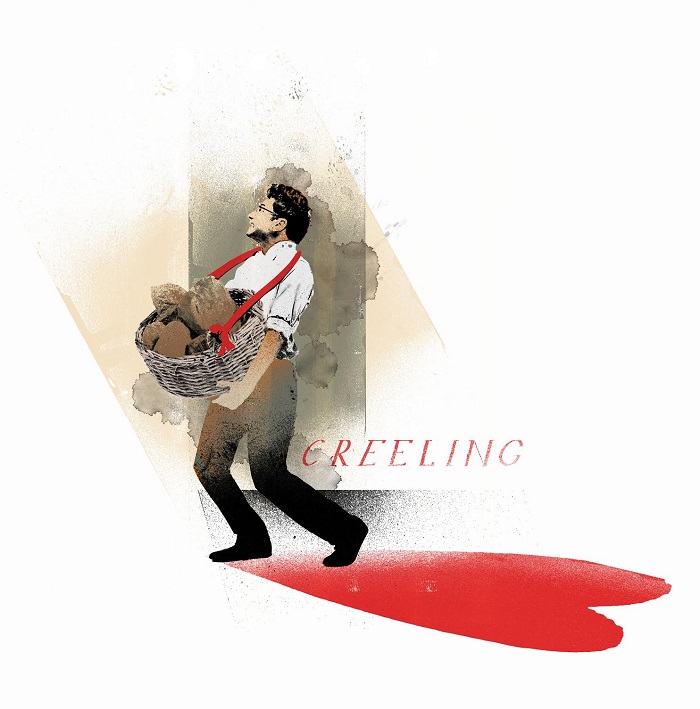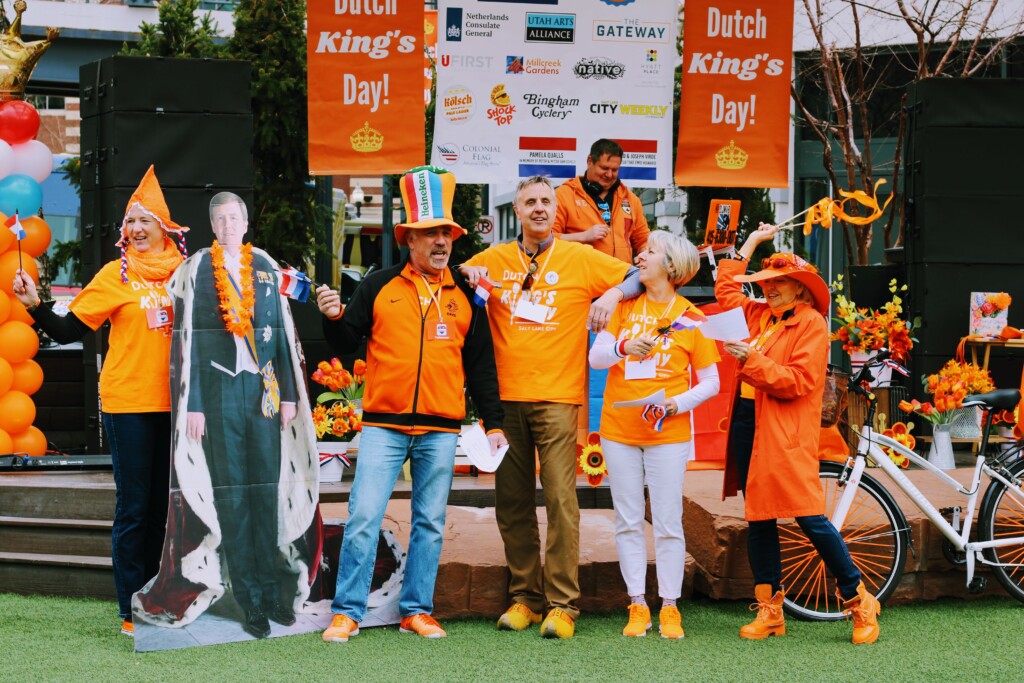
The J. Geils Band said it best… “Love Stinks”, but it doesn’t have to be that way.
Several years ago I wrote a lecture/performance piece with the sole purpose of impressing and eventually wooing a girl. The title of the performance was “Love, Luv, Wuv: One Man’s Bitter Interpretation of The Folklore and Mythology of Love.” It was a hit, not only with the girl I had a crush on, but also with the general audience; so-much-so that I decided to implement it into my curriculum while I was teaching Humanities through the Arts at Utah Valley University. My “Wuv” performance became legendary among my students. The performance was the accumulation of years of interviews, folklore research and personal heartache.
This work is far-too-vast to lay out in its entirety right here so I will only be able to give you a small taste of some of the “love” I have discovered. This creation is based on a theory. The theory that all of today’s heartache and love-induced turmoil is caused by the erosion of little-used or long-forgotten courtship and marriage folk traditions. I show several examples of these kinds of traditions. These are accompanied with satirical ”love”-related slides that close with a big reveal, linking my theory to various pieces of ancient and Renaissance art. (I will not be covering the theory here.)
Here are a few “Utah-eccentric” examples:
There is a story surrounding Matrimonial Springs in Moab, Utah. it states that if a young girl and boy drink from its waters multiple times together, it is a sign that the two will eventually marry.
Another states that it is essential that the bride’s bouquet contains orange blossoms! This is to ensure happiness and good fortune throughout her marriage
One story suggests that the groom must furnish a “gallon of corn” for his friends, otherwise he will not be permitted to leave the wedding with his wife.
The bride and groom always begin the start of their honeymoon immediately after the wedding, but friends will often attempt to stall their exit. They will either “kidnap” the groom, cross wires in their car, lets air out of their tires, etc.
One of the examples I have found can be found all over the western world and I have been fortunate to have participated in it. It involves hair and is oh so very romantic! It is common custom to give and be given a woven lock of hair, “a true lover’s knot.” This ensures unbreakable fidelity. This lock of hair is often placed in a small sack and worn like a necklace.
The following is probably the most heartwarming example of a post-wedding ceremony I have ever stumbled upon. It is called Creeling. It is also something I am determined to reproduce if the gods ever will it. I first heard of this tradition while having coffee with an elderly woman some years ago. She was a Scottish immigrant. After hearing her story, I sought other examples of this tradition and finally found a similar tradition in Volume Two of Observations on Popular Antiquities, written by John Brand in 1841.
The tradition/ritual goes something like this: The day after the wedding ceremony, the bride and groom will gather a group of their closest, single, male and female friends, and seek out a secluded glen or cozy meadow. The bride will then find a shady corner and lay out a blanket and picnic and take a seat on the prepared area.
The women and girls of the group form two lines facing one another. A “creel,” or basket filled with rocks to make it heavy, is then introduced. Each man takes a turn wearing this creel, maneuvering his way through and in between the gauntlet of young women, with each woman either embracing him, kissing him on the cheek, or whispering sweet nothings in his ear until he makes it to the bride, who shuns him away. (Keep in mind that the creel is supposed to be representative of strife.)
After all the men have finished, the creel is made twice as heavy and placed around the neck of the groom. It is his turn to find his way through the gauntlet, however, this time, all of the women are holding sticks or small rocks, and as the groom makes his way, he is attacked, whipped, spat on and cursed by every woman in the line until he makes it to his bride, who jumps to her feet, removes the creel from her lover’s neck, throws it aside, and embraces him while laying him down on the prepared blanket.
“You see what this represents?” the old woman asked me. It represents comfort and it is a symbolic lesson telling the groom that he will no longer seek comfort within the arms of any other woman—he will only seek comfort from his one and only true love.
Danny B. Stewart is an “anomalogist”—a scientist of anomalies, a performance artist, lecturer, and professional storyteller, and he hates the term “hopeless romantic,” so he’s going to stick with “pessimistic little sweetheart.”





